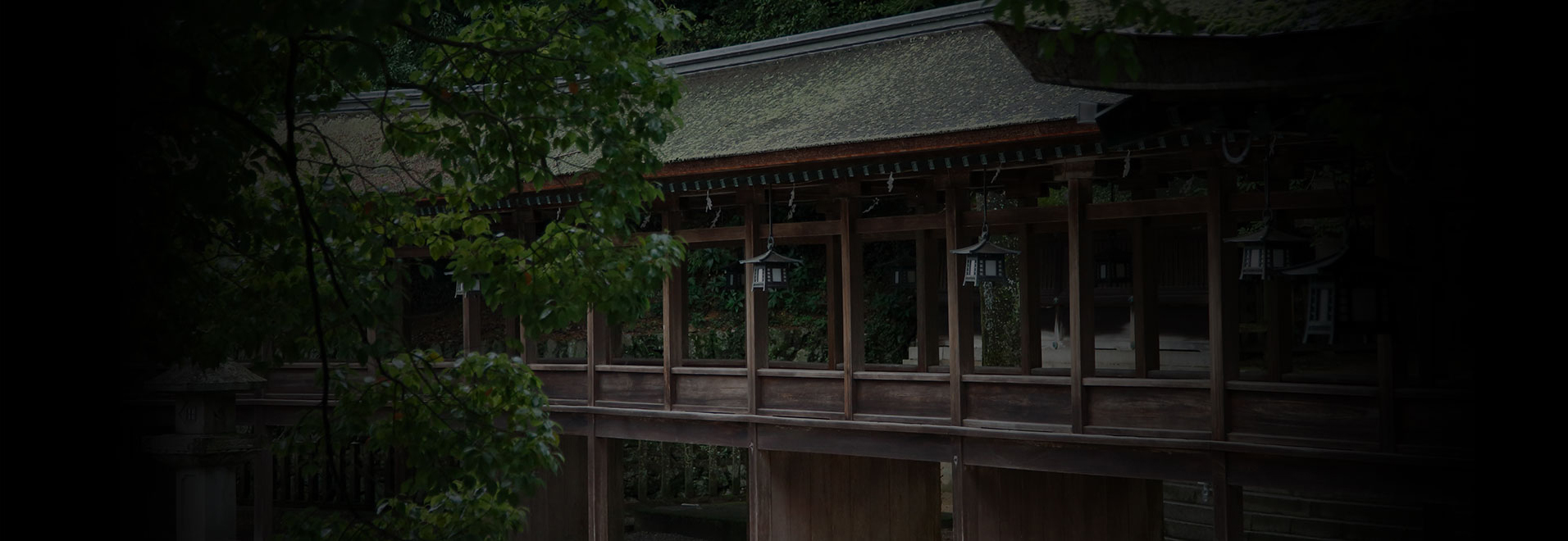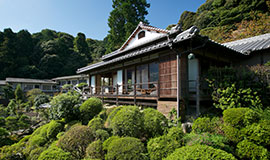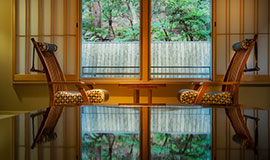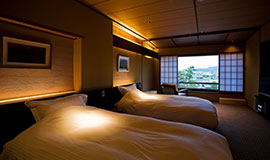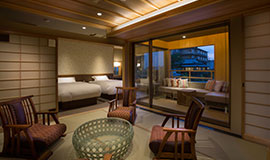History

- HOME
- Explore Sanuki
- History
Adventure
Back in Time~
Historical Sanuki
Founded in 1627, Kotohira Kadan has evolved over the centuries, and its latest incarnation evokes its early 20th century style, as an inn with several accommodation facilities scattered about a large garden. Our sukiya-style cottages remain in homage to a time when many of early modern Japan's luminaries visited Konpira-san. Shrouded in history, the past beckons when you stay at Kotohira Kadan.
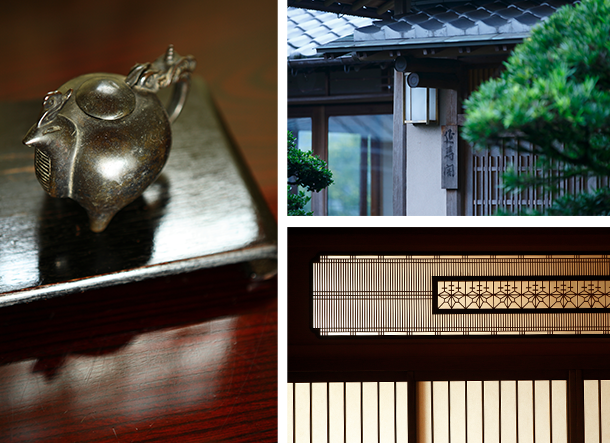
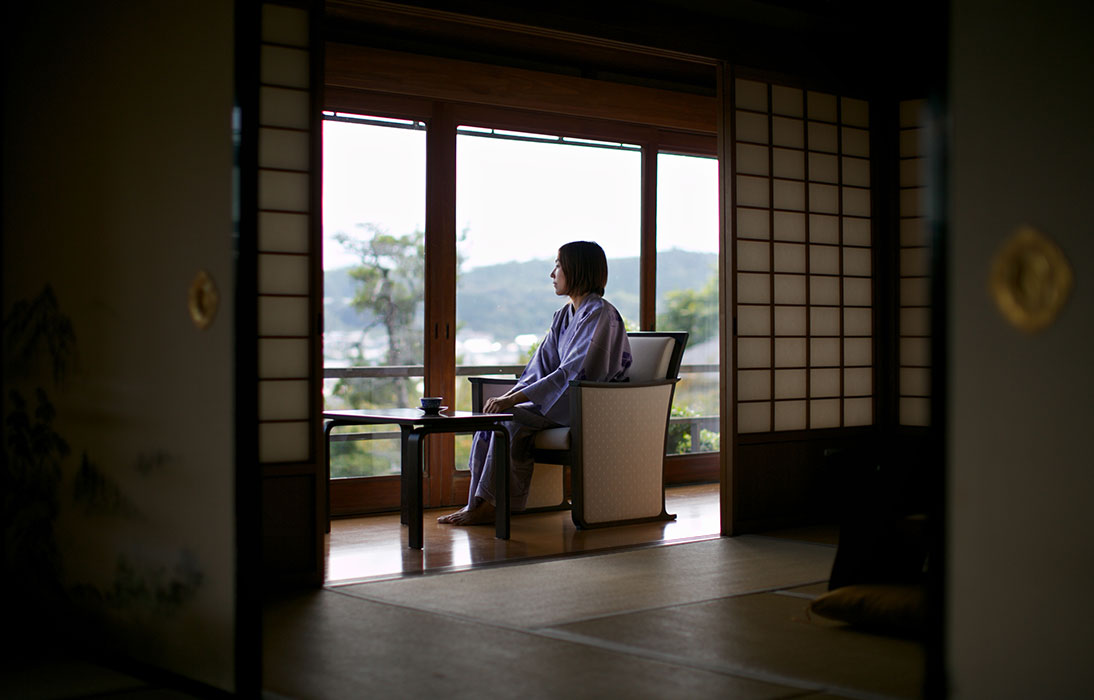

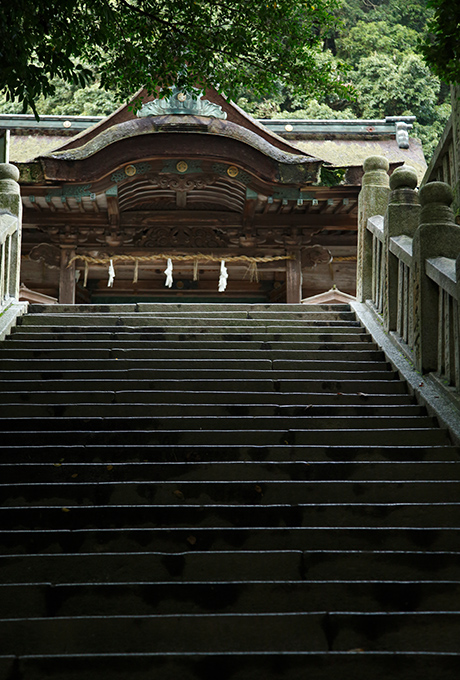 01
01
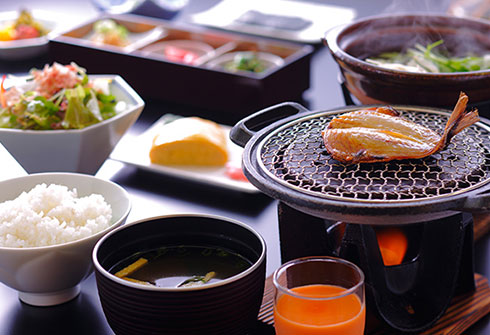 02
02
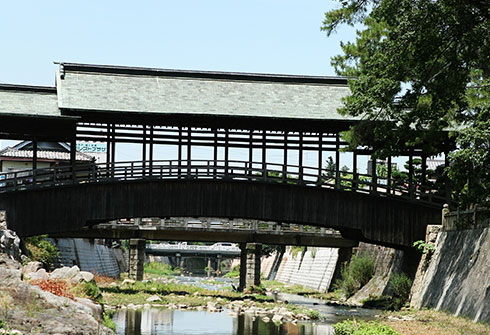 03
03
Experience History
Kotohira-gu,
and Kagawa
Experience History
Kotohira-gu,
and Kagawa
01. A Morning Visit to Konpira-san The quiet, somber environs of Kotohira-gu Shrine weave a mysterious spell on a morning visit. With 785 steps up to the main shrine, this journey is not for the faint of heart. Even if you've come unprepared, there are jogging shoes, workout wear, and walking sticks available at the hotel.
03. A View of Sayabashi BridgeFrom Kotohira Kadan, you can see the Kanakura River and Sayabashi, which is part of the shrine approach that only opens during festivals for the god of Konpira-san to pass over. This bridge is unusual, as it is both made of wood and is covered by a roof; it has been designated a Tangible Cultural Property by the Japanese government.
Explore Sanuki/Historical Sites

Kotohira-gu Shrine
Kotohira-cho/ 40 min. walk (to the main shrine)
This shrine, located on the slope of Mount Zozu(Kotohira) in Kotohira-cho, Kagawa Prefecture, is known affectionately as "Konpira-san." Its official name is Kotohira-gu, as well as Konpira-gu. The deity enshrined here is a god of the sea, but worshippers also pray for business success and other requests, too.

Sayabashi Bridge
Kotohira-cho/2 min. walk
Singular on a national scale for its arched, covered structure, this wooden bridge is said to have been built around the year 1688. It has been restored many times over the centuries, and after a location change in 1905, it became exclusively used for shrine festivals and other events.

Takatoro Lighthouse
Kotohira-cho/12 min. walk
Completed in 1865, this 27m structure is the tallest lighthouse in Japan. It has also been designated a National Folk Cultural Property. Before the advent of electricity, this light could be seen all the way from the sea, and was used as a marker to guide ships and show Konpira-san's location for sailors making the journey there.

JR Kotohira Station
Kotohira-cho/15 min. walk
JR Kotohira Station is on the Dosan Line. It opened in 1889 and is designated a Tangible Cultural Property. Its retro style makes it a popular stop for both architecture and rail fans.

Kanamaru-za Kabuki Theater
Kotohira-cho/10 min. walk
Built in 1835, this carefully preserved historical site is the oldest surviving playhouse in Japan. Named Kanamaru-za in 1900, it was designated an Important Cultural Property in 1970. Visitors can see backstage as well as the basement, which still has hand-operated trapdoors and a rotating stage.
*Entry fee required.

Zentsuji Temple
Zentsuji City/15 min. by car
Located in Zentsuji City, this temple is the head of the Zentsuji sect of Shingon Buddhism and is the birthplace of Kobo Daishi, the sect's founder. The principal buddha enshrined here is Yakushi Nyorai, known also as the Medicine Buddha. This temple is an important stop on many pilrimages, including the Shikoku 88 and 18 Shingon Head Temples. With close ties to Koyasan in Wakayama and Touji Temple in Kyoto, Zentsuji makes up one of the three main sites of Kobo Daishi's life.

Marugame Castle
Marugame City/25 min. by car
Marugame Castle boasts the tallest stone walls of any castle in Japan. The ruler of Marugame Domain, Ikoma Chikamasa, and his son spent five years constructing the castle, which was built on a small, naturally-formed mountain. Its beauty and singular style has persisted for over 400 years.

Ritsurin Garden
Takamatsu City/45 min. by car
As the largest of Japan's gardens of special scenic beauty, Ritsurin has captivated visitors for over 400 years. Opened to the public in 1875, the 6 ponds and 13 man-made "mountains" are a marvel of classical Japanese garden architecture. No visit to Kagawa is complete without a stop here.
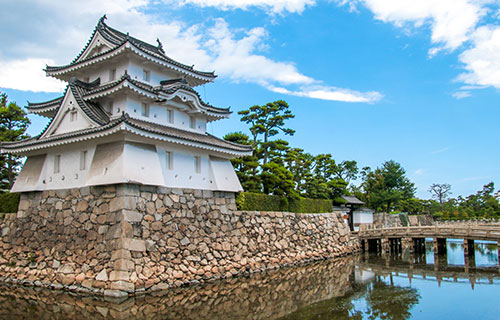
Takamatsu Castle Ruins (Tamamo Park)
Takamatsu City/50 min. by car
Designated a National Historical Landmark, Takamatsu Castle was also called Tamano Castle due to its proximity to Tamamo Bay. Currently, only one watchtower and gate, as well as part of the original stone walls, remain; these and the surrounding area were converted into a beautiful park.

Tsushima Shrine
Kanonji City/30 min. by car
Built in 1706, this mysterious shrine is only open two days per year (Aug. 4~5) and can only be reached via a 250m walkway over the open sea. During the summer festival, visitors come to pray for the health and well-being of their children, but even when it is not open, it is a beautiful place to photograph from the shore.
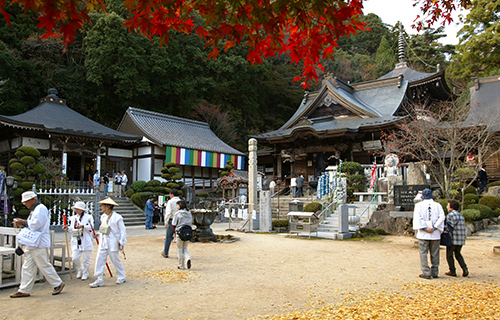
Okuboji Temple
Sanuki City/ 1 hour 10 min. by car
The last of the 88 temples on the Shikoku 88 Pilgrimage, Okuboji is not to be missed. In autumn, it is one of Kagawa's most popular spots to enjoy colorful foliage.
Over 400 Years of History
